The Untold Saga of Kanchipuram Sarees
Kanchipuram sarees are considered to be the pride of South India and are also called as ‘Queen of Sarees’. Originated in the town of Kanchipuram, Tamil Nadu, these sarees hail their name from their birthplace. These majestic sarees are made with a beautiful blend of colours and designs.
With India being a ‘Land of festivals’, Kanchipuram sarees have always been an integral part of celebrations and auspicious occasions. Worn across all ages and often passed from generation to generation, these sarees are celebrated worldwide. The quality of the saree is judged based on how heavy it is. The heavier it is, the better the quality. The specialty of this seemingly royal weave is the intricate designs that are woven in the form of humans, temples, birds, animal figures, nature, and other geometrical patterns. Kanchipuram sarees are all about the minute details on it and this makes it a priceless possession and value of honour to own it. These sarees blend with silk, cotton, kora that depicts an undying appeal. The spectacular craftsmanship of Kanchipuram sarees has been mesmerizing the spectators for 4 centuries now.
HISTORY & ORIGIN
The genesis of this weave has an age-old history that dates back to about 400 years. Kanchipuram sarees are an integral part of Hindu mythology. In the age of Gods, a renowned rishi by the name of ‘Mrikanda’ who was considered as the ‘man of god’ introduced all the clothing you see today. Mrikanda is venerated as the founder of weaving. Centuries later, his descendants were found and settled in a small town of Kanchipuram where they continued to weave silk just like their ancestors did.
Kanchipuram is considered as one of the divine places with 7 pilgrimages for spiritual release as per Hindu mythology. The city is famous for its many temples that were majorly built by Pallavas and Cholas. A rich glance of these temples and their designs can also be seen on the weaves. With dynasties like Cholas, Mughals, and Vijayanagara that ruled the place, a massive change in terms of the weaving community was observed in the reign of the Krishnadevaraya from the Vijayanagara Dynasty. Devangas and the Saligars – the two religiously famous communities when moved to Kanchipuram from Andhra Pradesh, gave the real meaning to Kanchipuram sarees that hailed from the ancestors.
The city is also famous for many educational centres that preach Jainism and Buddhism. It is such a holy place that you will see numerous devotees in the temples dressed in traditional attires. Kanchipuram gives a true experience of Dravidian architecture with a classical touch of South Indian culture. The city has more than 5000 families involved in the weaving of these rich and traditional-looking sarees.
THE MAKING!
Let us take a sneak-peak at what it takes to make this celebrated saree. Kanchipuram silk sarees are a blend of pure silk and golden/silver zari threads made in Gujarat. This silk is obtained from mulberry. The weaving process of a Kanchipuram saree is quite intricate and has to be looked at in detail. It is also a time-consuming process-but the result is wait-worthy.
‘Korvai’ is the main technique followed in weaving this saree. In this, the borders are interlaced with the body of the saree separately. Weaving a Kanchipuram saree involves three shuttles and requires more than one person to handle all three shuttles. The most difficult part of weaving a Kanchipuram saree is the pallu which is attached to the body of the saree by a special interlocking weave called ‘Pitni’. These interlocking threads are covered with gold, silver, and silk threads making it look like a single piece of art.
The zari used consists of 57% silver(approx.), 0.6% gold(approx.), and the rest is the colour of the dye used in borders and pallu of the saree. The weaving of a single perfect Kanchipuram saree usually takes between 10-15 days. The long period justifies the intricate details the saree gives.
Each saree is handwoven and decorated with unique patterns and designs. These sarees truly depict the traditions of South India. With motifs that include the sun, moon, peacock, parrot, swans, chariot, and much more adorns the weave.
POPULAR TYPES OF KANCHIPURAM SAREES
Over the years, these sarees have evolved and changed to create wonders.
- Traditional Kanchipuram-Any saree weaved with coins, chakra, or checked motifs are considered as traditional Kanchipuram which are also the richest and purest form of a weave. These are extremely popular in weddings, pujas, and bridal wear.
- Plain Kanchipuram with gold border-A truly sophisticated piece of art, this saree is light and suits all occasions.
- Temple border Kanchipuram-These are best suited for pujas, house warming, cradle ceremonies that involve Indian tradition.
- Modern Kanchipuram-These sarees are the choice of the new age. Weaved in modern colours, these sarees are decorated with contemporary designs and motifs.
ALWAYS GRACING THE INDIAN FASHION INDUSTRY
These six yards of grace have their place in every Indian’s heart. Many South Indian and Bollywood actresses have graced multiple occasions draping this beauty. Right from the red carpet at international platforms to waking the ramp, wedding trousseau to attending wedding functions, these popular celebrities were always a showstopper looking stunning in Kanchipuram sarees.
The magic of Kanchipuram sarees extends far beyond the tradition, as each weave has a story to tell. These sarees do not just show the culture, heritage, and stories of gods, and are more than just colour, designs, and patterns. The efforts the weavers put in are unmatched to any form of modern art and power loom sarees.
Buying a Kanchipuram weave can be considered an investment if purchased from the authentic and right seller. You will be mesmerized by the designs and blend of colours a Kanchipuram saree has and how we stock the right collection that suits all your requirements. There is no better place than Brand Mandir to add a touch of luxe to your wardrobe.

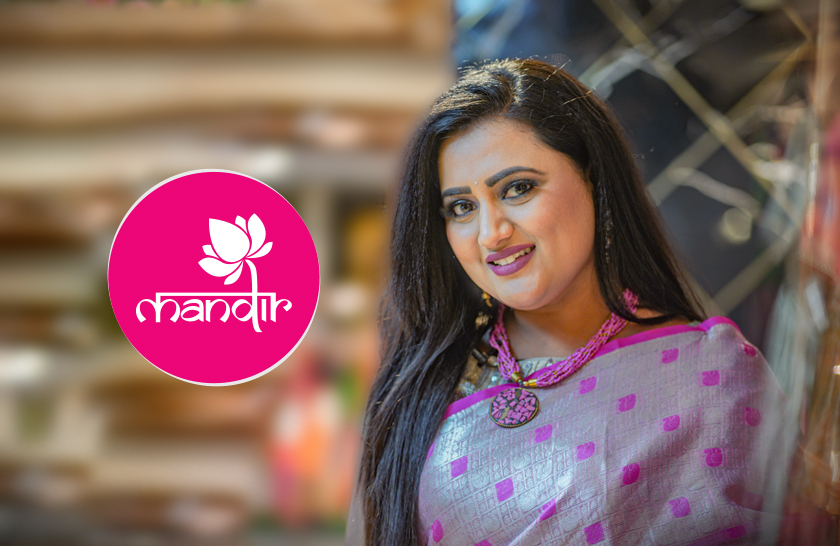
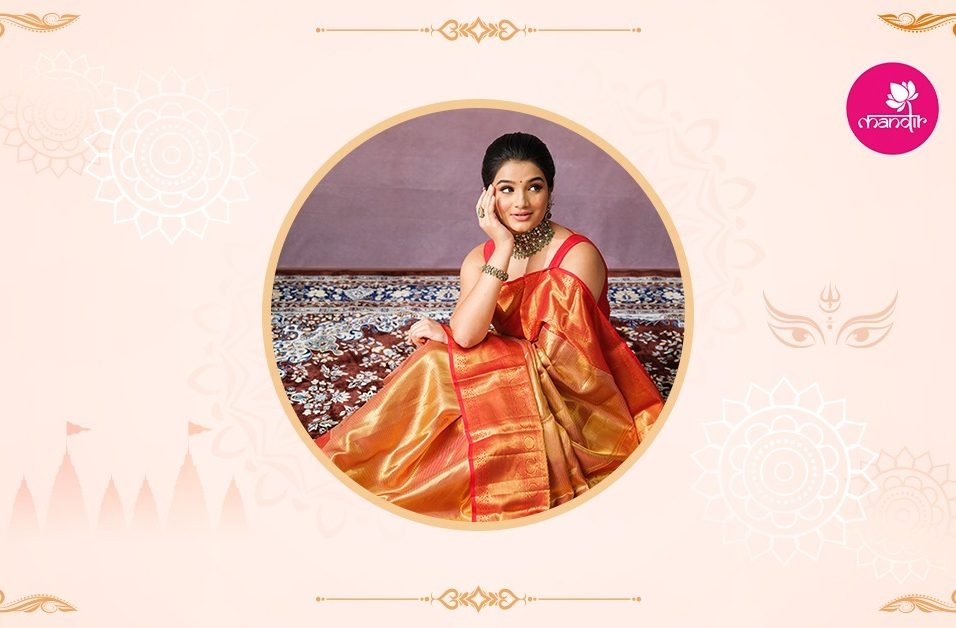
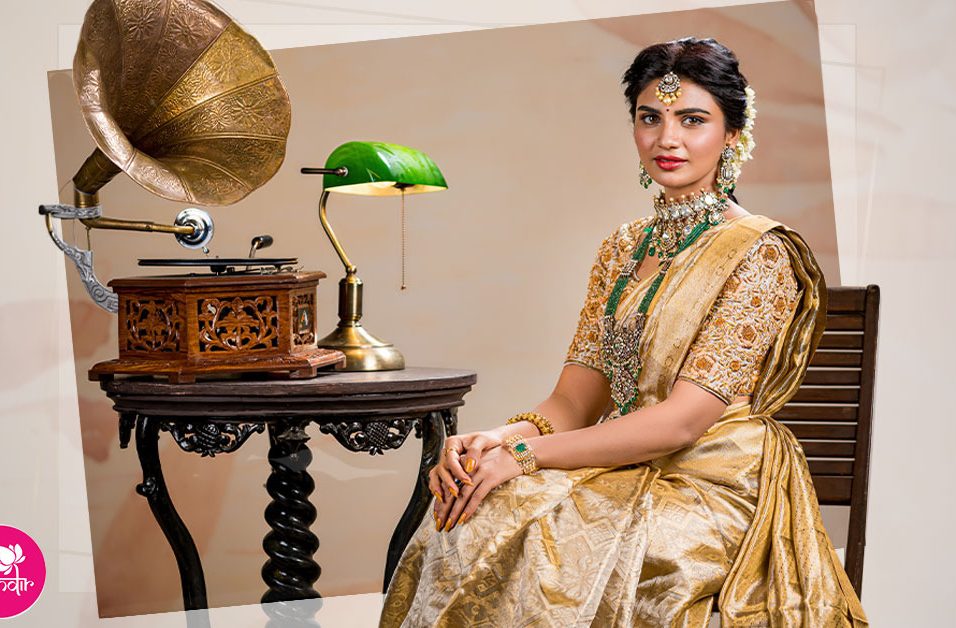
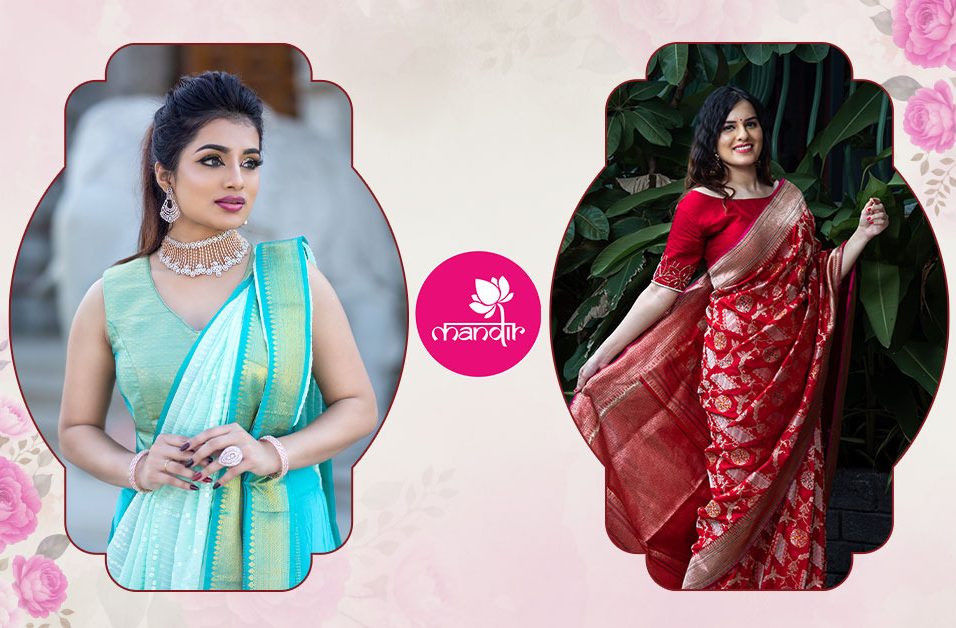
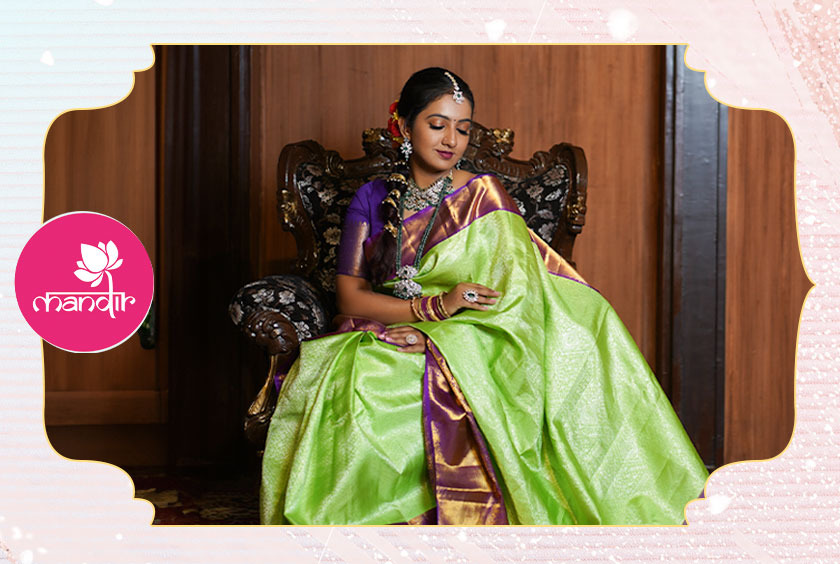
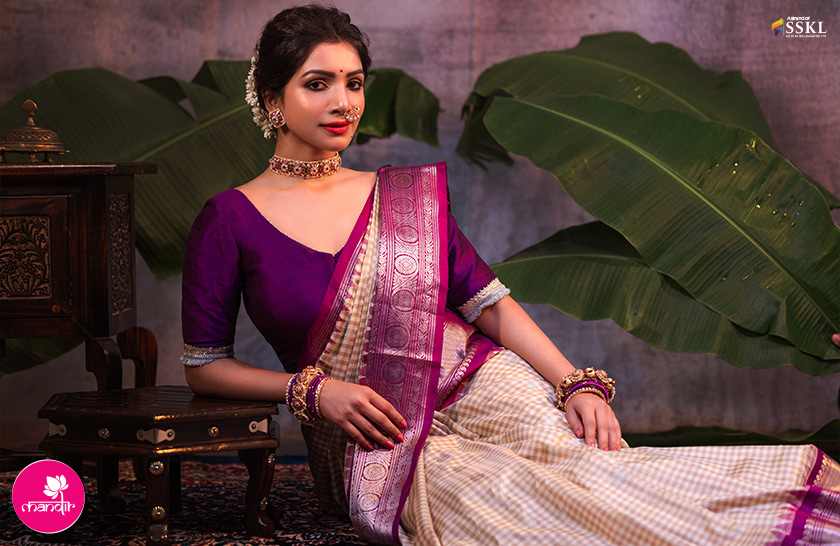
Leave feedback about this